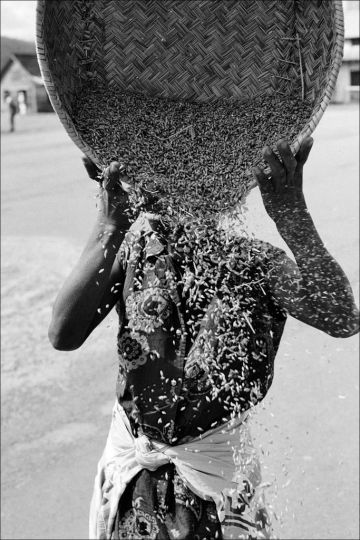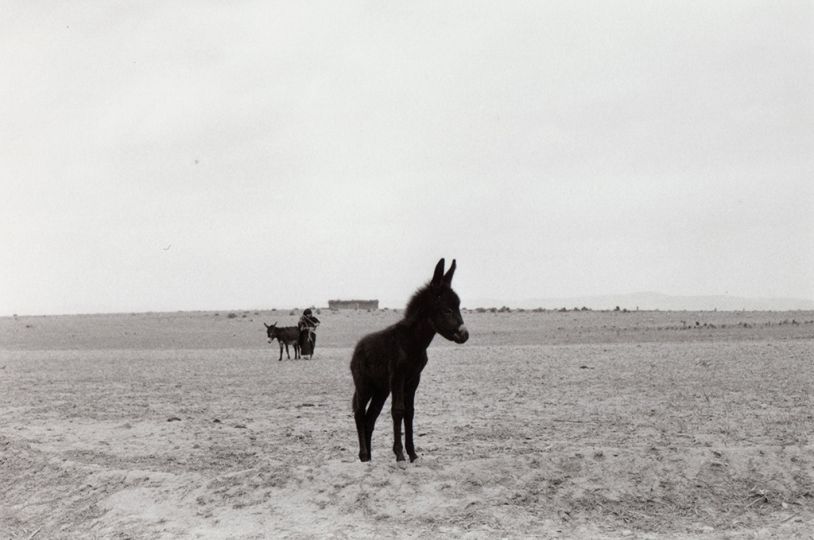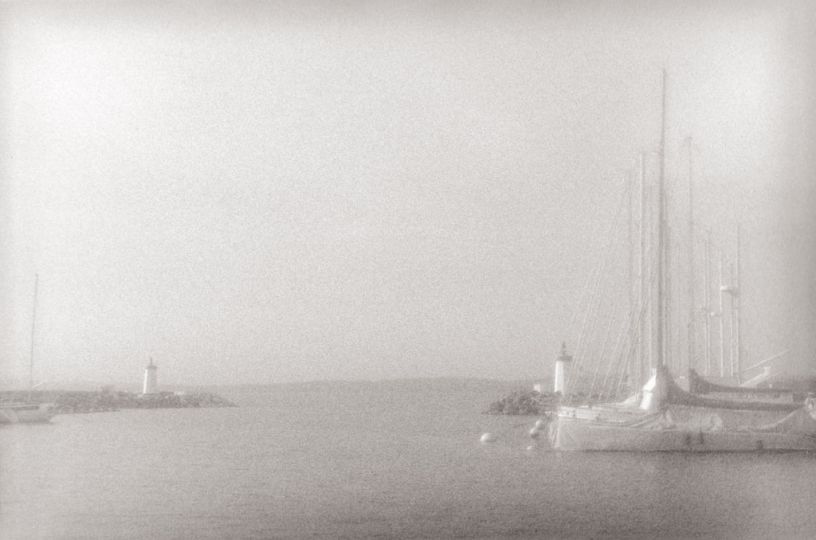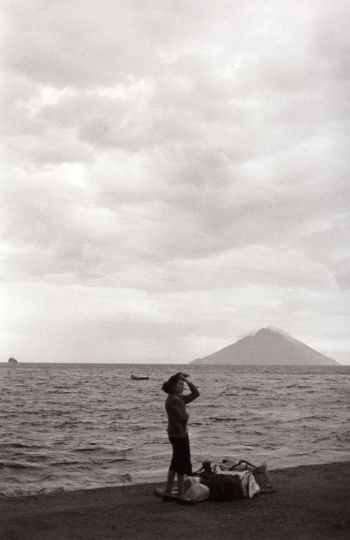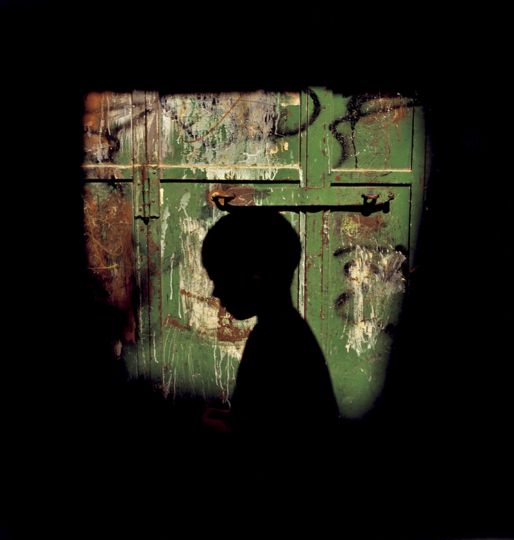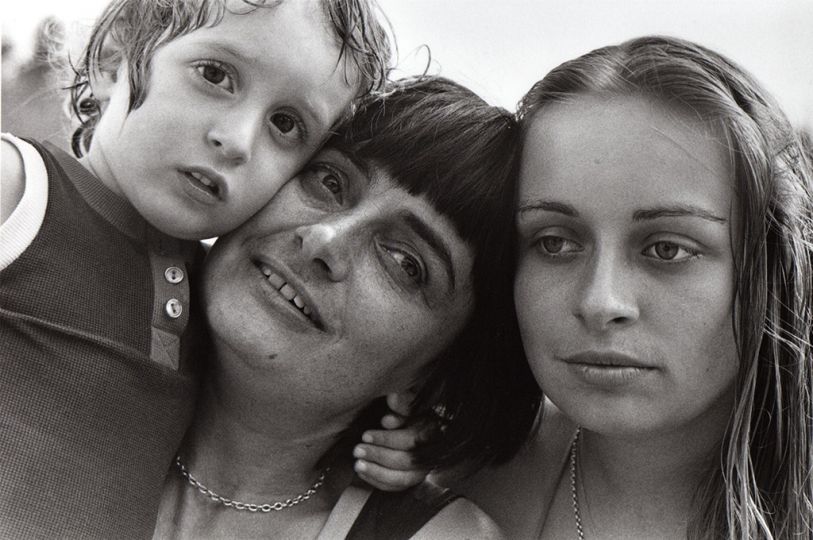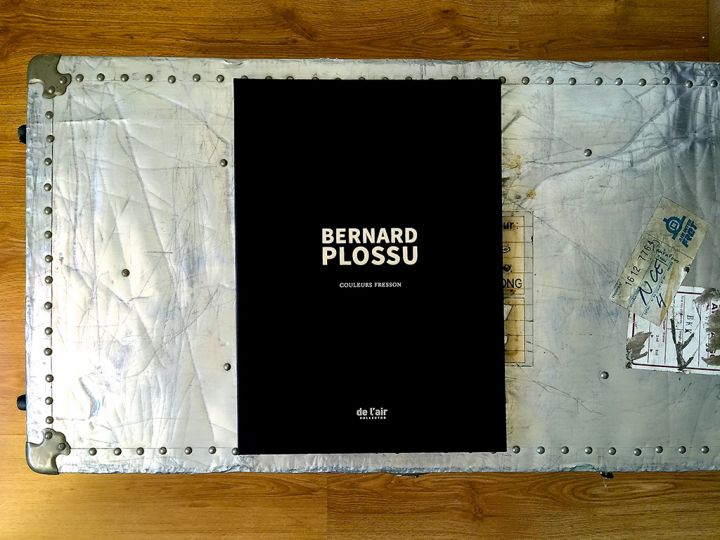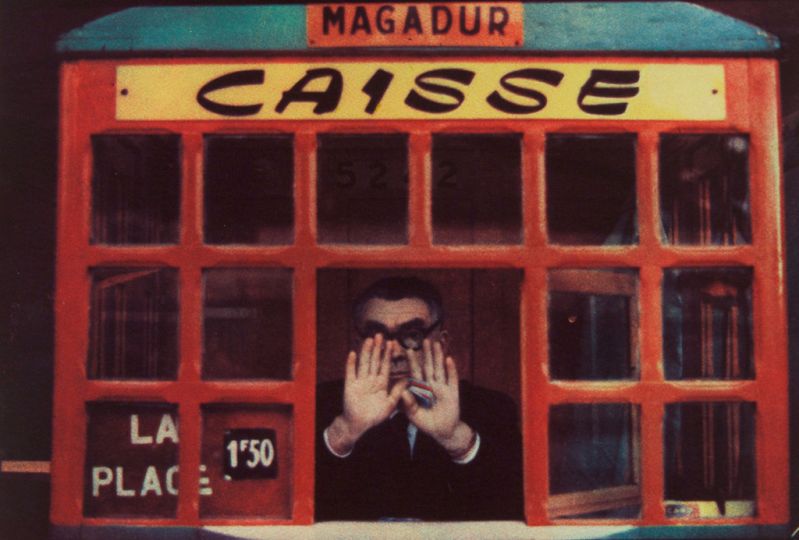Bernard Plossu might have made La Ciotat his home port but he has voyaged through plenty of others. Nonetheless, his discovery of Le Havre almost came about by chance. He came in 2013 for the opening of his “Voyage Mexicain” exhibition at the city’s André Malraux Museum of Modern Art and was immediately drawn to “the light of the wind that chases away the grey clouds”, and to the architecture and industrial landscapes. He returned in 2013 and 2014, camera in hand.
Le Havre and its MuMa have long-standing, close relationship with photography, whether born of personal coincidence, like that of Plossu, or with its origins in a public commission. First things first though: it is highly recommended you start with the display of unsigned images from the Ministry of Reconstruction and Urbanism, appropriately positioned as a prelude and invited to interact with Plossu’s portraits of the city. Between 1945 and 1947, the Ministry’s photography department drew up an inventory of the damage done by war and the materials recovered, then went on to document — for victims, the press and the general public — the construction of temporary housing and the bold city-centre reconstruction entrusted to Auguste Perret.
This collection forms a clinical record of the city before it rose again, showing the building sites, deserted avenues, the outlines of the tightly-designed new layout, then Porte Océane and the quays. Plossu traces his own subjective geography on the same terrain, composing with the same materials.
As our gaze rises to the station front, a modern-day building site can be seen in the background then we turn to a postcard and a colour print- a miniature of a ferry. As we reach “Le Havre en noir et blanc”, these two prints stand apart, forming a diptych announcing the journey we are about to embark upon. Plossu the traveller does nothing to conceal his attraction for harbours, his almost childlike fascination with giant container ships and his love for walking, “the natural rhythm of curiosity”. The images — by a photographer who glorifies Robert Bresson and Raoul Coutard, New Wave director of photography — are like a wonderful series of photograms taken from an unending tracking shot.
Plossu has a lot of affection for the city but forces himself to maintain the “right distance”, a distance required by his “sincere and rigorous” 50 mm lens, the only one that embraces the context without dramatizing it through optical distortion or theatrical tendencies. His images are thus populated by the near and the immediate, the details of everyday wear and tear such as the patched up asphalt or the blur of a misted window. However, there is no room for desuetude or nostalgia. The small format of the photographs means they can be perused like illuminations but everything is contemporary and corporeal.
EXHIBITION
Bernard Plossu. Le Voyage Mexicain
Through January 5th, 2015
Musée d’art moderne André Malraux – MuMa
2 boulevard Clemenceau
76600 Le Havre


